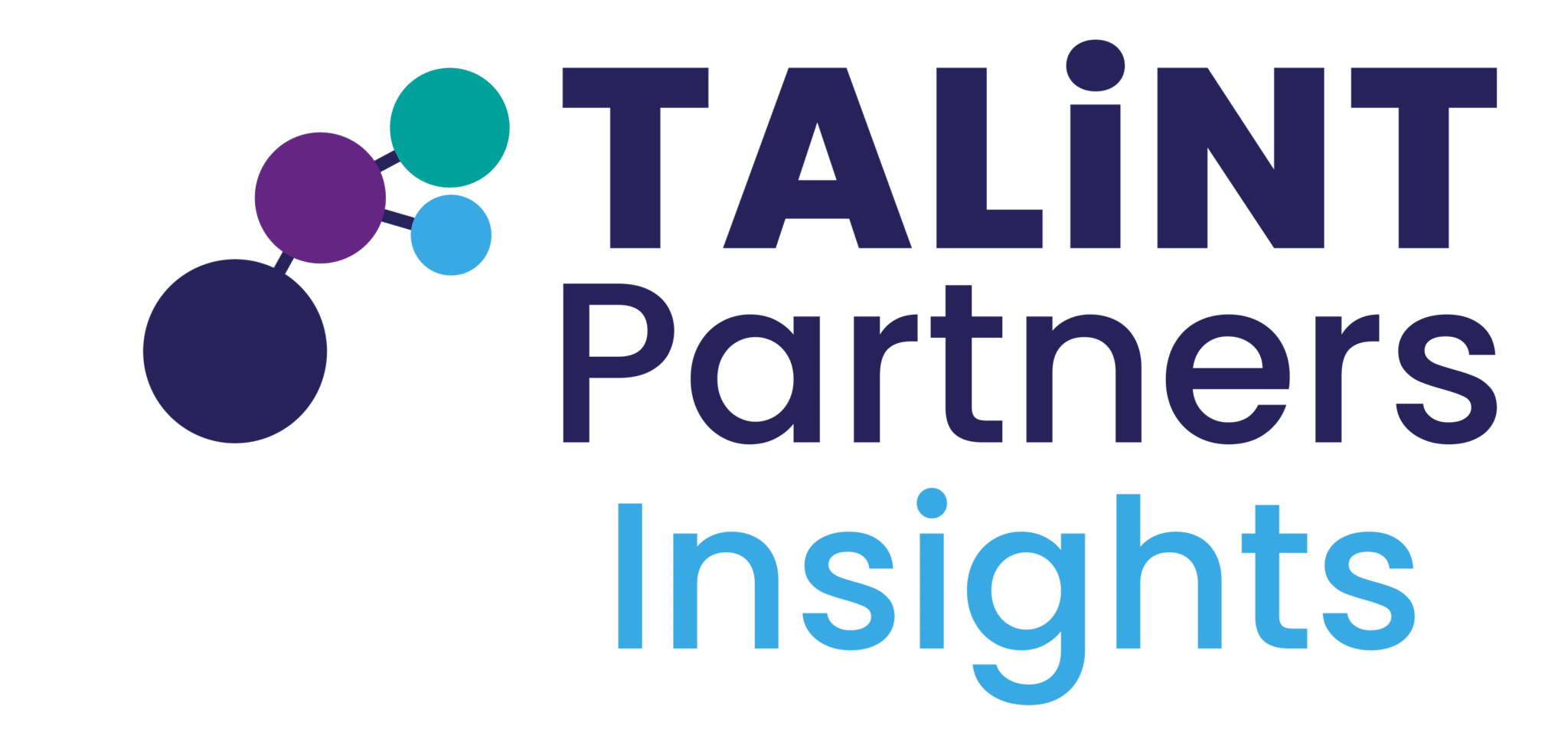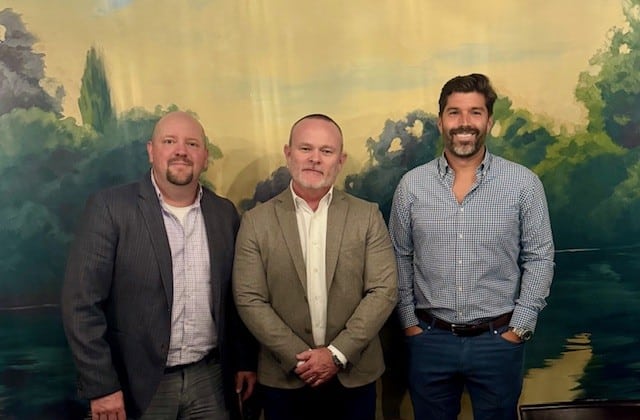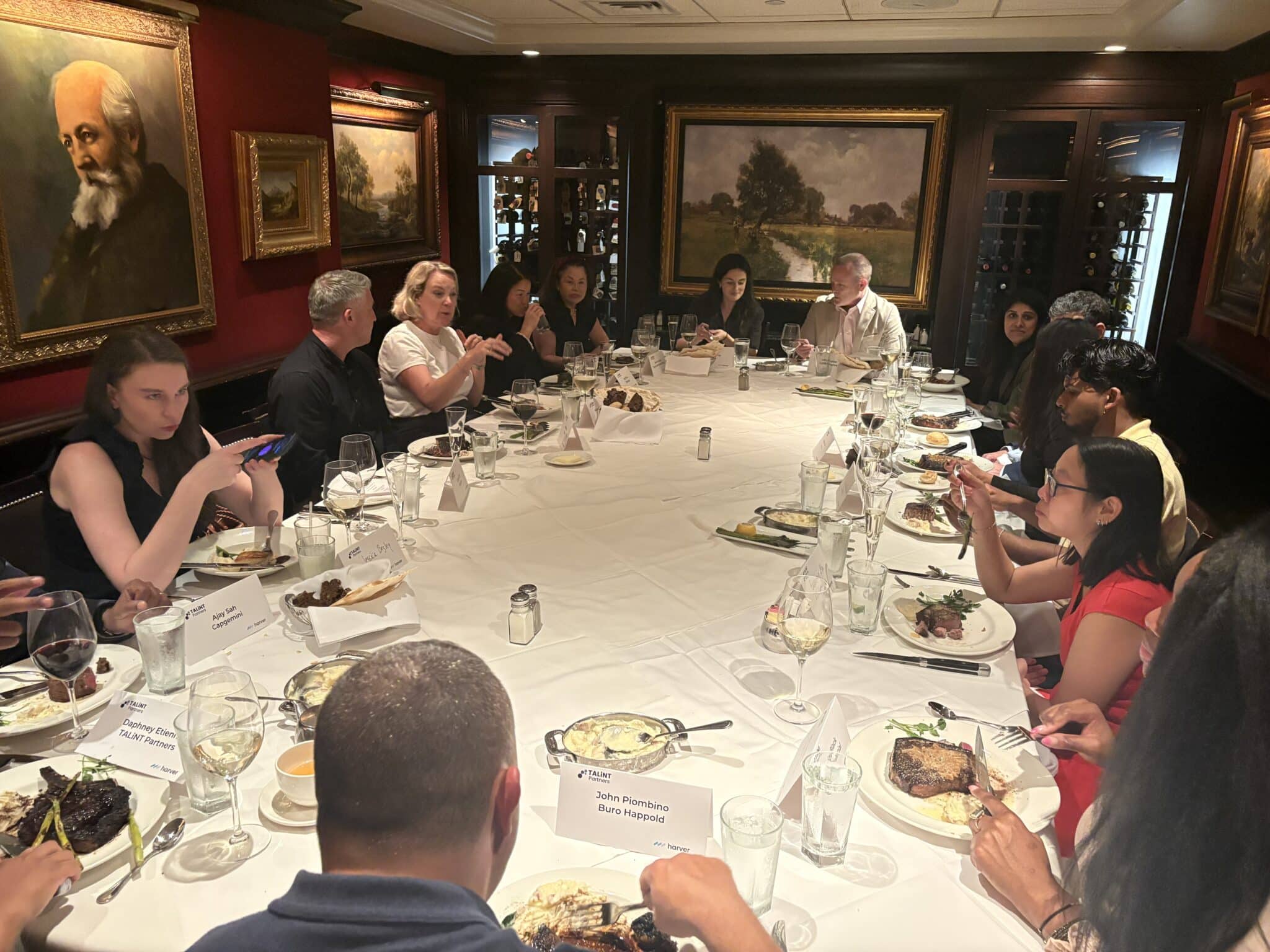As the US navigates a complex economic landscape, businesses are grappling with rapidly shifting workforce demands. The post-pandemic era has brought about structural changes in labor markets, driven by technological advances, demographic shifts, and evolving worker preferences. To remain competitive, organizations must adopt innovative strategies that address these challenges while seizing emerging opportunities.
Understanding the forces shaping workforce demand
The US labor market has rebounded strongly since the pandemic, but its recovery has been uneven across sectors and regions. Several key trends are driving workforce demand:
- Technological transformation: Automation and digitalization continue to reshape industries, creating new opportunities while displacing traditional roles. The demand for tech talent has surged, particularly in software development, cybersecurity, and data science.
- Aging workforce: Baby Boomers, a significant portion of the US labor force, are retiring in large numbers. This generational shift is creating talent shortages, particularly in sectors like healthcare, education, and skilled trades.
- Worker preferences: Employees are prioritizing flexibility, work-life balance, and meaningful work more than ever. This shift has driven the rise of hybrid and remote work models, as well as greater focus on employee well-being and purpose-driven company cultures.
- Generational differences: Different generations have distinct priorities and workplace expectations. Baby Boomers often valued job security and traditional benefits, while Gen X prioritized independence and work-life balance. Millennials (Gen Y) focus on flexibility, career growth, and purpose-driven work, whereas Gen Z errs towards meaningful, diverse, and inclusive work environments, as well as advanced technology to support productivity.
Sector-specific challenges and opportunities
The impact of these trends varies across industries, requiring tailored workforce strategies to meet unique demands:
- Technology and innovation: The tech industry is facing a skills gap, particularly in emerging fields such as artificial intelligence, cloud computing, and blockchain. Companies are competing fiercely for talent, often offering higher wages, stock options, and remote work options to attract top candidates.
- Healthcare: The aging population is driving an increased demand for healthcare services, yet the industry faces chronic shortages of nurses, doctors, and other medical professionals. Workforce planning in healthcare must address burnout, education pipelines, and innovative care delivery models like telehealth.
- Manufacturing and logistics: The reshoring of manufacturing and the e-commerce boom have increased demand for workers in production and supply chain roles. Automation is being leveraged to address labor shortages, but companies must also prioritize skilling and reskilling workers from industries and roles disrupted by the pandemic, such as retail and hospitality. These efforts can help bridge the gap by equipping displaced workers with the technical skills needed for tech-driven manufacturing and logistics roles.
Workforce strategies to meet shifting demand
To adapt to these challenges, businesses in the US are employing a range of workforce strategies. These include leveraging technology, reskilling employees, fostering diversity, and embracing flexibility.
Investing in upskilling and reskilling programmes
As industries evolve, the skills needed to succeed are changing. Companies are increasingly investing in training programmes to upskill their current workforce. Partnerships with educational institutions and government initiatives, such as the Workforce Innovation and Opportunity Act (WIOA), play a crucial role in closing skill gaps. For example, WIOA funds workforce development programmes that provide career training and support for both job seekers and employers, helping industries adapt to shifting demands.
Embracing hybrid and remote work models
Remote work is no longer a short-term solution; it has become a competitive advantage. Organizations that offer flexible work arrangements can tap into broader talent pools, including underrepresented groups and professionals from different regions. However, managing remote teams requires a strong focus on digital tools, communication, and employee engagement.
Leveraging data and AI for workforce planning
Advanced analytics and AI are helping companies forecast workforce needs more accurately. These tools enable businesses to identify skill gaps, predict turnover, and optimize talent acquisition strategies. For example, predictive hiring platforms can identify candidates who are likely to succeed in specific roles, improving hiring efficiency and reducing bias.
Fostering diversity, equity, and inclusion (DEI)
A commitment to DEI is not just a moral imperative—it is also a business advantage. Diverse teams drive innovation and enhance problem-solving. However, recent trends reveal a divide among major employers: some are scaling back their DEI programmes due to budget constraints or political pressure, while others are doubling down on their efforts, recognizing the long-term value of an inclusive workforce.
This divide is especially significant in the context of generational workforce priorities. For Gen Z, DEI is non-negotiable—they seek employers that actively promote inclusivity, pay equity, and diverse representation. Companies committed to DEI are focusing on strategies such as removing bias in hiring processes, developing robust mentorship and sponsorship programmes, and ensuring accountability through transparent reporting on diversity metrics.
Prioritizing employee well-being and engagement
High turnover rates and the rise of “quiet quitting” highlight the importance of employee satisfaction. Organizations are investing in mental health support, flexible benefits, and opportunities for professional growth. An engaged workforce is more productive, innovative, and committed to organizational goals.
Navigating challenges in a competitive labor market
While the US remains an attractive destination for talent, businesses face several hurdles in implementing effective workforce strategies:
- Talent shortages: The competition for skilled workers is intense, particularly in high-growth industries like tech and healthcare. Companies must differentiate themselves through compelling employer value propositions (EVPs) and proactive recruitment strategies.
- Automation anxiety: While automation offers significant productivity gains, it also raises concerns about job displacement. Transparent communication and investment in workforce upskilling can mitigate these fears and foster a collaborative environment.
- Regulatory complexities: Labour laws and regulations vary significantly across states, creating challenges for companies operating in multiple locations. Staying compliant requires ongoing monitoring and adaptation to local requirements.
Future outlook and actionable insights
The future of workforce planning in the US will be shaped by innovation, adaptability, and collaboration. Businesses that succeed in navigating these shifts will prioritize:
- Building agile workforces: Flexibility in workforce composition—such as a blend of full-time, part-time, and gig workers—will allow organizations to adapt to changing demands.
- Investing in leadership development: Equipping leaders with the skills to navigate uncertainty, foster inclusivity, and inspire teams is critical for long-term success.
- Harnessing cross-sector partnerships: Collaboration between businesses, governments, and educational institutions will play a pivotal role in addressing systemic challenges like skill gaps and worker shortages.
By embracing these strategies, organizations can thrive in a competitive labor market, turning workforce challenges into opportunities for growth and innovation. As the US continues to evolve, the ability to anticipate and adapt to workforce trends will remain a defining factor for business success.





